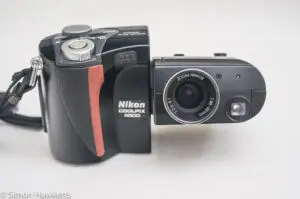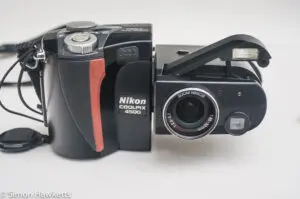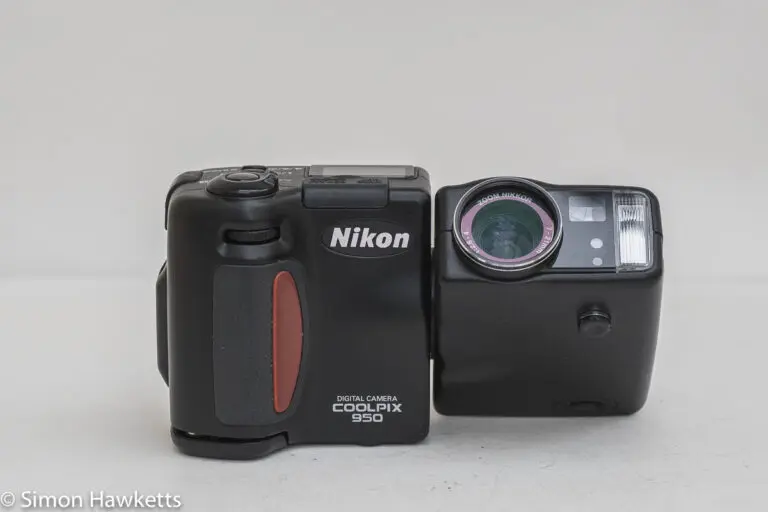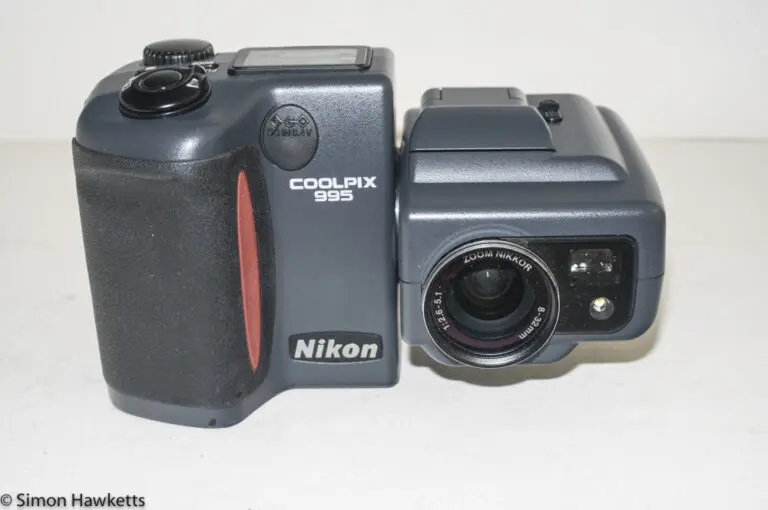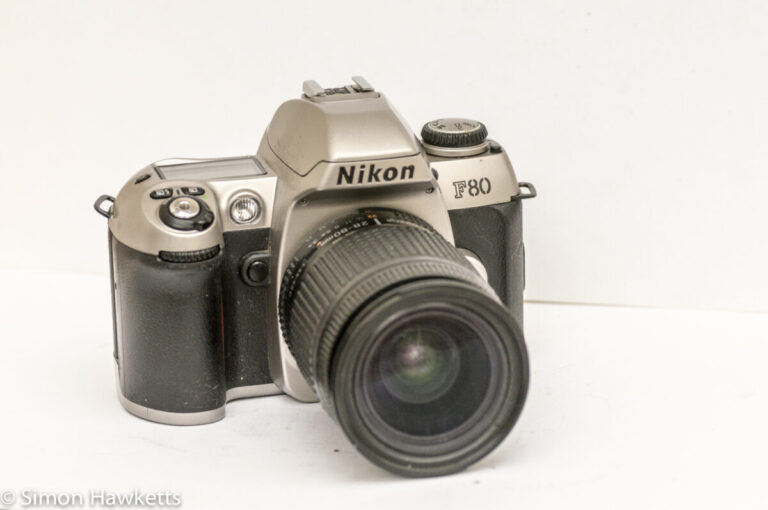Nikon Coolpix 4500 digital camera
The Nikon Coolpix series of cameras included versions with an iconic design that solved the problem of how to compose a picture on an LCD as the camera is held in multiple positions in a novel and interesting way. The camera was split into a monitor section and a lens section, with a swivel joint between the two parts. The series started in the late 1990s with the Coolpix 900 and there were several improved models in the range. The unit I’m discussing here, the Nikon Coolpix 4500 was the 4th in the series and was introduced by Nikon in 2002.
Coolpix 4500 Images

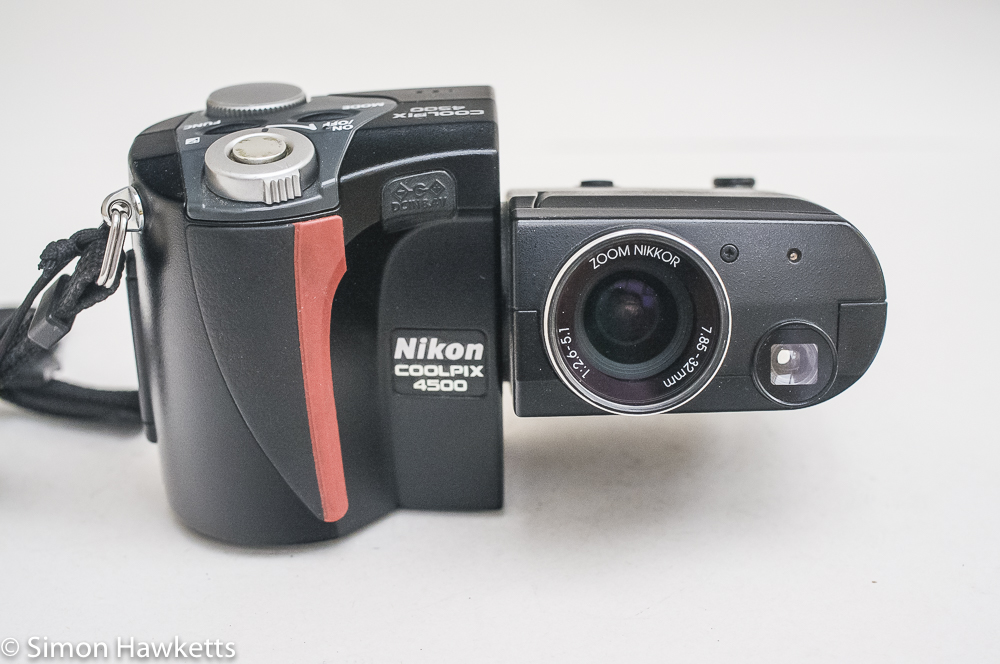
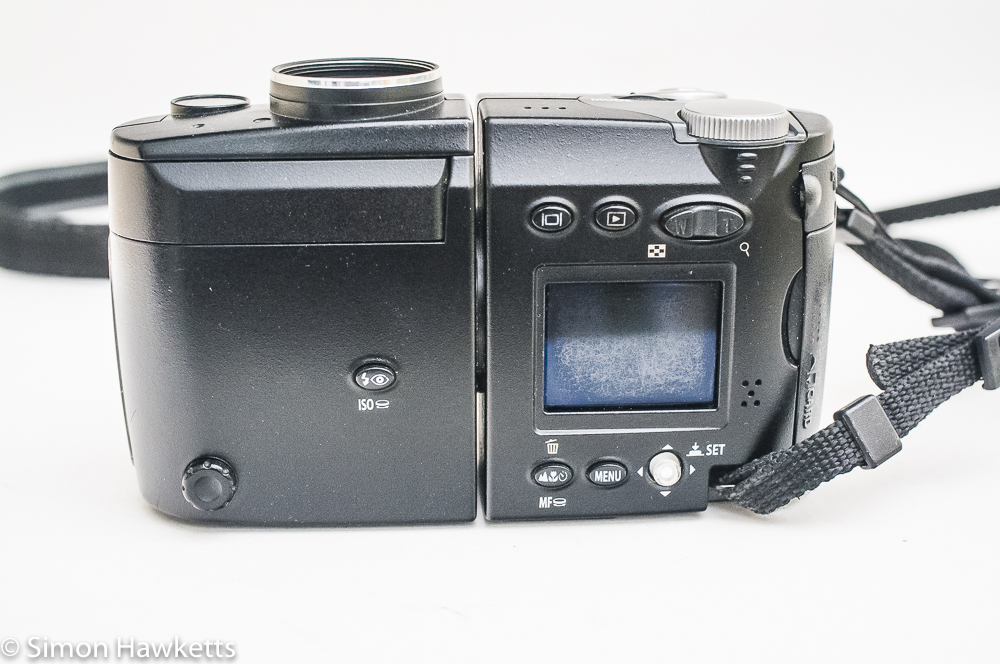
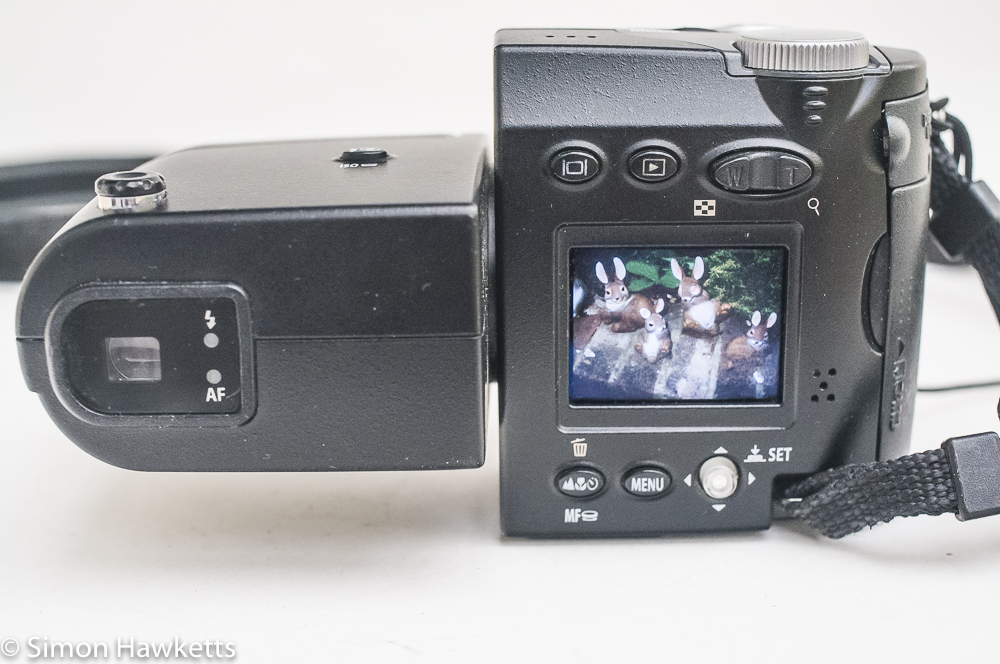
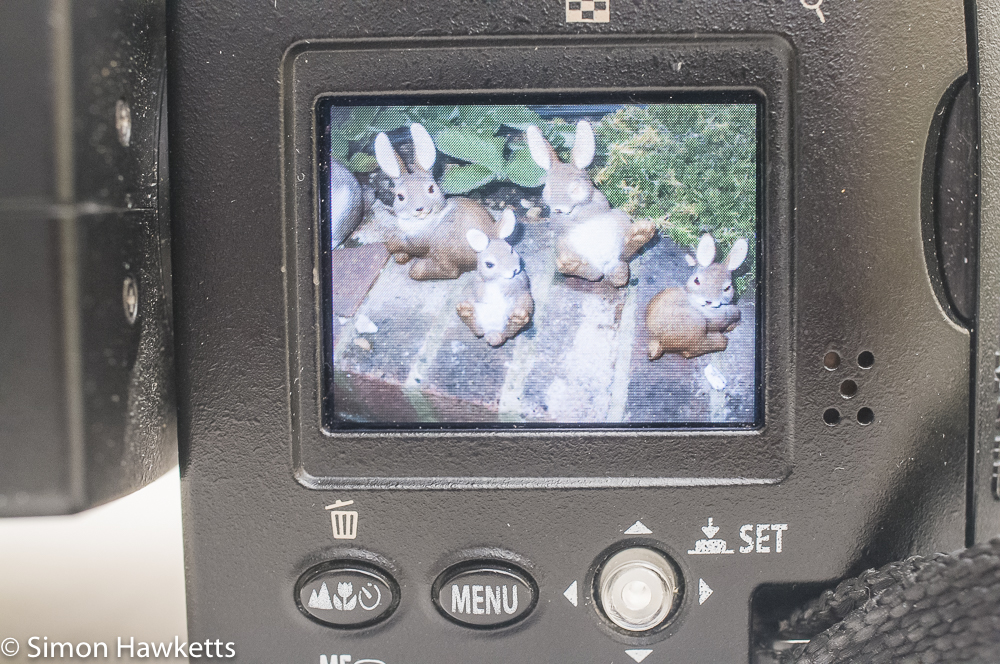
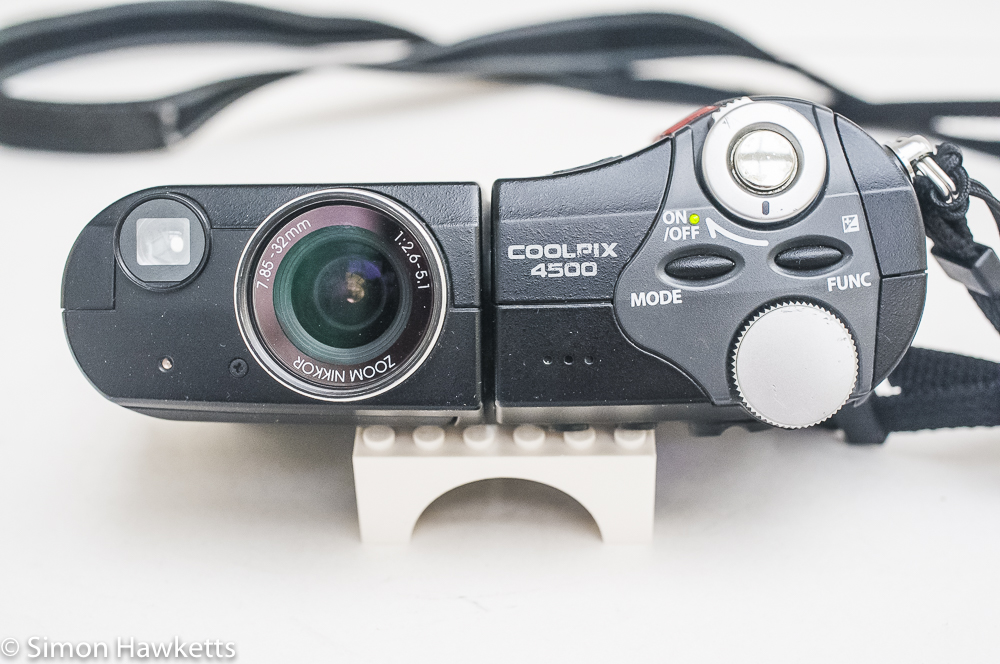
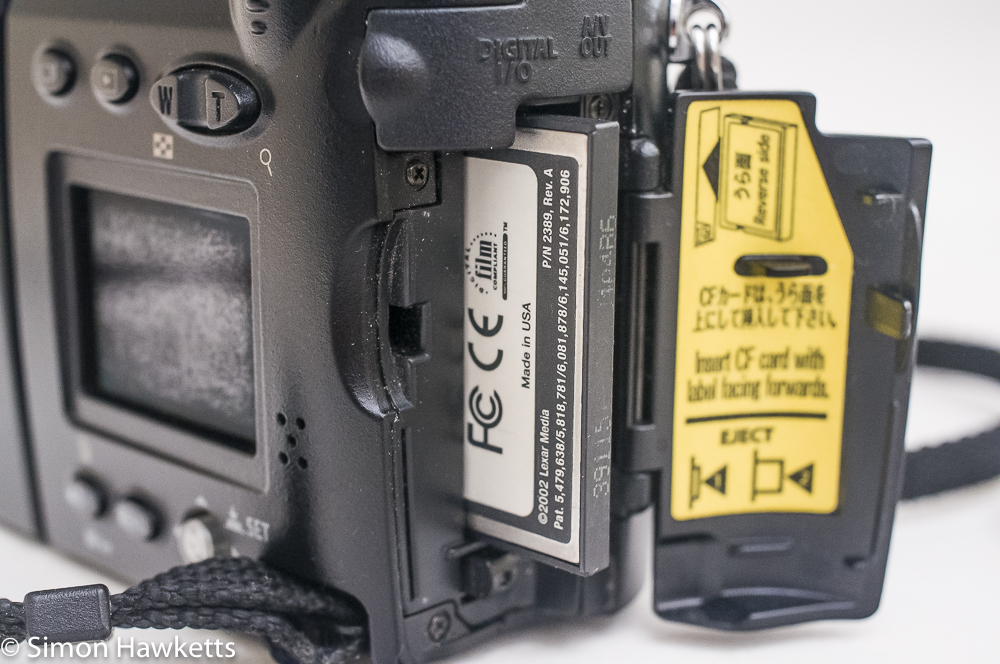
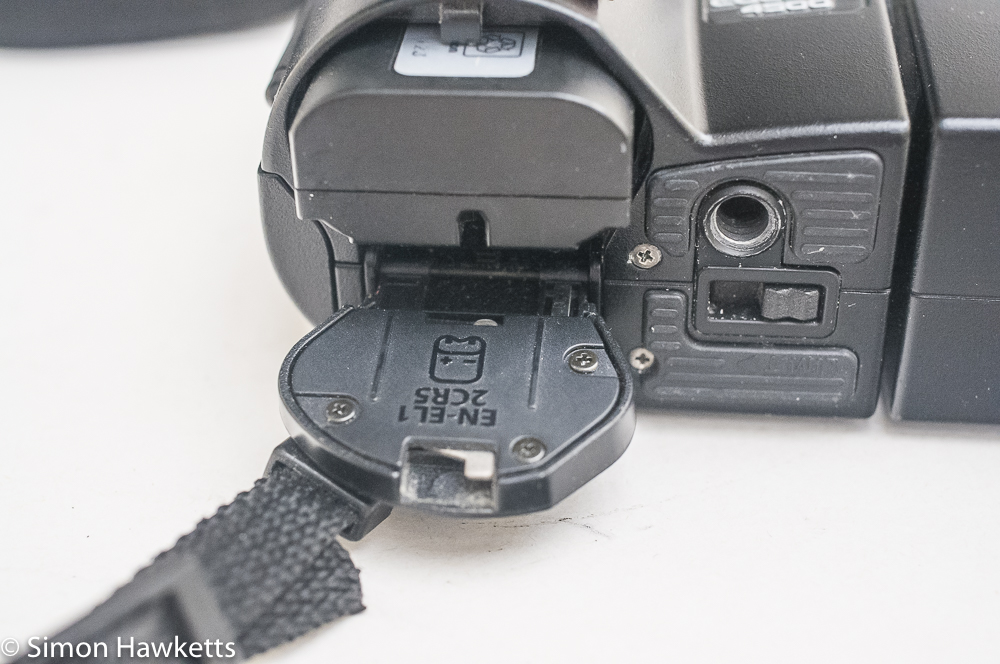
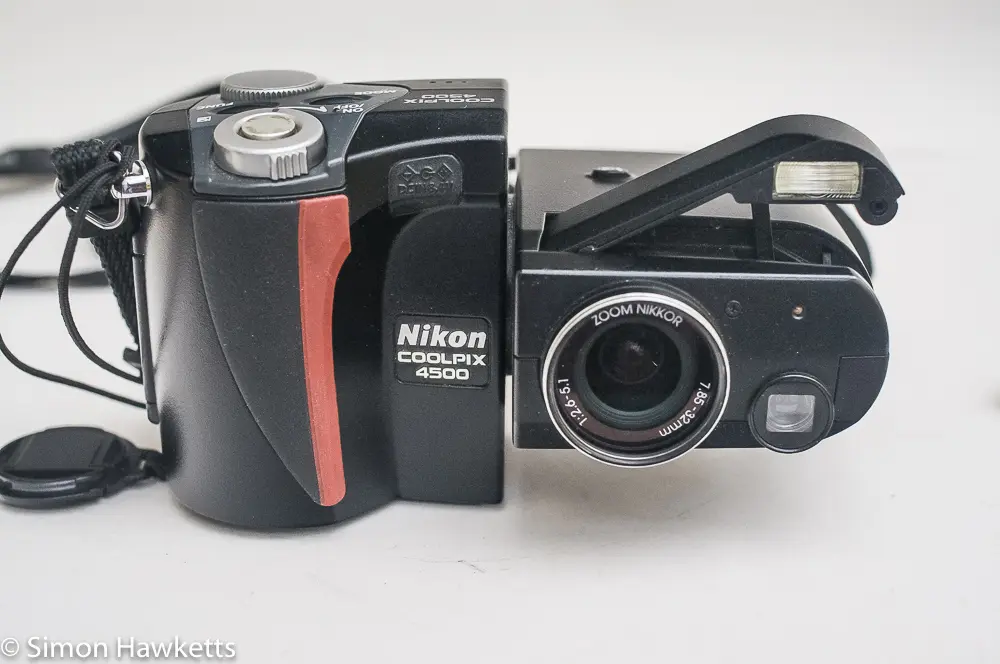
My Coolpix 4500 Camera
I bought this camera because I remember seeing the adverts for the split camera Nikon series in the early 2000s and was intrigued by them, but never bought one. Since I’ve become interested in vintage cameras I’ve started to buy the models which I’ve been interested in over the years but couldn’t afford to buy, and so it was with this unit. I actually originally bought a Nikon Coolpix 950, but it has a faulty battery door which I need to fix, and being interested in the whole series I picked up this later model 4500 a while later.
I paid £18 for this camera which seems a bit high, but it is a fully working example and the camera came in its original box complete with charger, 3 batteries and a 64M compact flash card. It’s quite useful getting the memory card with the camera, because old format memory cards are extremely expensive to buy.
The camera itself is in very good condition, with all buttons working and no major scratches on the case or LCD. The LCD does have some marks on the anti-glare coating and as I found out when I used the camera this does have a detrimental effect on the shooting experience.
The only thing I can see which appears to be wrong is that the internal date isn’t retained after being set if the battery is removed, and a red clock icon seems to be flashing on the LCD screen all the time. I guess the internal battery is flat and isn’t being charged.
Coolpix 4500 description
As I said in the introduction to this piece, the Coolpix 4500 follows the design of the earlier models by splitting the lens section from the camera body with a swivel joint. This gives the ability to hold the camera screen at an easy viewing angle, whilst the lens can point in (almost) any direction.
Nikon made a series of add-on adapter lenses to provide additional wide angle and telephoto capabilities, and there is a switch on the bottom of the camera body which limits the swivel range when these lenses are fitted to prevent the lens unit fouling the body.
The Nikon Coolpix 4500 is fitted with a 4Mp 1/1.8 inch CCD sensor, a 4x optical zoom lens, the usual Program mode, Aperture priority mode, shutter priority mode and manual exposure modes as well as a full auto mode and a variety of ‘scene modes’. The controls are well laid out and quite intuitive, and it took very little time for me to get used to using the camera.
I’m not going to give a lot of detail about the operation of the camera since that is easily found by reading the official handbook which is available here and viewing the pictures of the camera above. Instead, I’ll give my impressions of using the camera and some sample images I took with it.
Shooting with the Nikon Coolpix 4500
I took the Coolpix 4500 for a walk around the sailing lake in Stevenage to take some pictures and see how the camera performed.
The most obvious thing I noticed from walking around was how difficult it was to see anything on the LCD. It’s quite small and the anti-glare coating has some damage and even on a very dull day like it was the day I went out with the camera, I could barely see the screen to compose a picture.
The other overriding impression was one of lack of speed. I know it’s completely unfair to judge a camera of this age by today’s standards, but most operations seem very slow. In particular, when the camera was set to record the best quality pictures it was taking seconds to write the file, and even on fine quality (the setting just below the best quality), it was still a couple of seconds. The zoom also seemed very slow to travel from one end of the range to the other, and the autofocus hunted quite a bit before locking on.
I noticed a couple of the pictures I took seemed to have some odd colour effects – the macro picture of berries below shows this effect. Notice how the colour disappears from the highlights – I’m not sure it this is simply the sensor reacting to overexposure.
Well – that’s the list of bad things out of the way, now to the good things.
The camera is comfortable to hold and the controls I needed to use were easily accessible. I found the general design of the camera, with the split lens/body option, quite a sensible one, and I’m a bit surprised that it wasn’t continued. I know a lot of cameras have the option of an articulated display these days, but the split/swivel design seems somewhat more robust to me.
I mostly used the camera on Auto mode or Program mode, so I didn’t need to delve into the menu system much, but found that (as long as I got into a shady area) it was easy enough to do. I set the camera so that the Func button altered the metering mode, so most things I wanted to change were alterable with the Mode & Func buttons and the main control dial.
In auto mode, the camera was suggesting flash several times, and I used flash on a few of the macro shots above, and it seemed to do a pretty good job. I had to just pull the exposure back a bit on the flower shot below, where it was a bit overexposed.
Talking of macro mode, the camera seems well-equipped for macro shots. The small sensor means you get much more depth of field than you would with a large sensor camera and the camera can focus to really close distances, making it ideal for pictures of flowers & bugs.
The pictures below are the best of the ones I took on my trip out. They were all taken in jpeg mode and imported into Lightroom for a few post-processing tweaks. I think the camera has performed really well and would be a good buy for a general snapshot or macro camera.
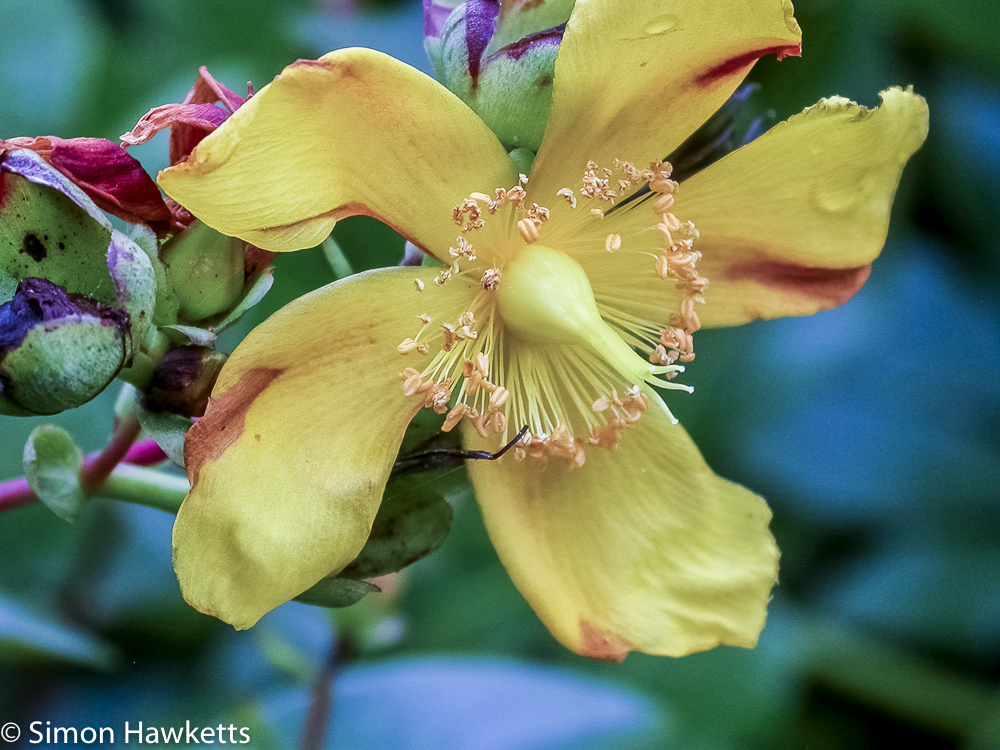
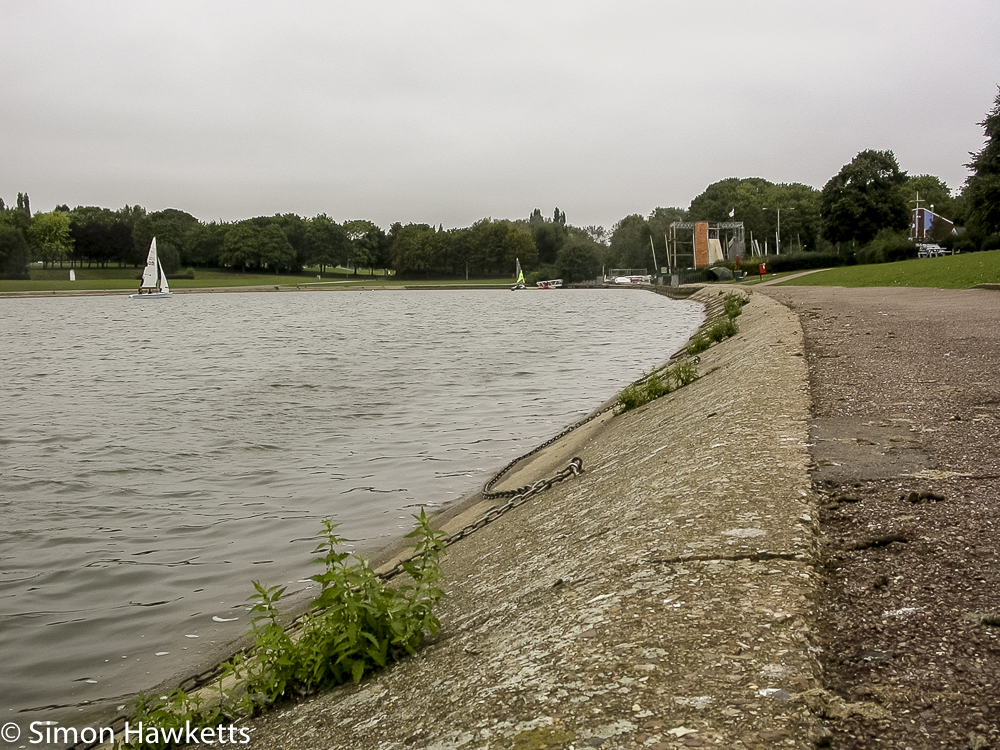
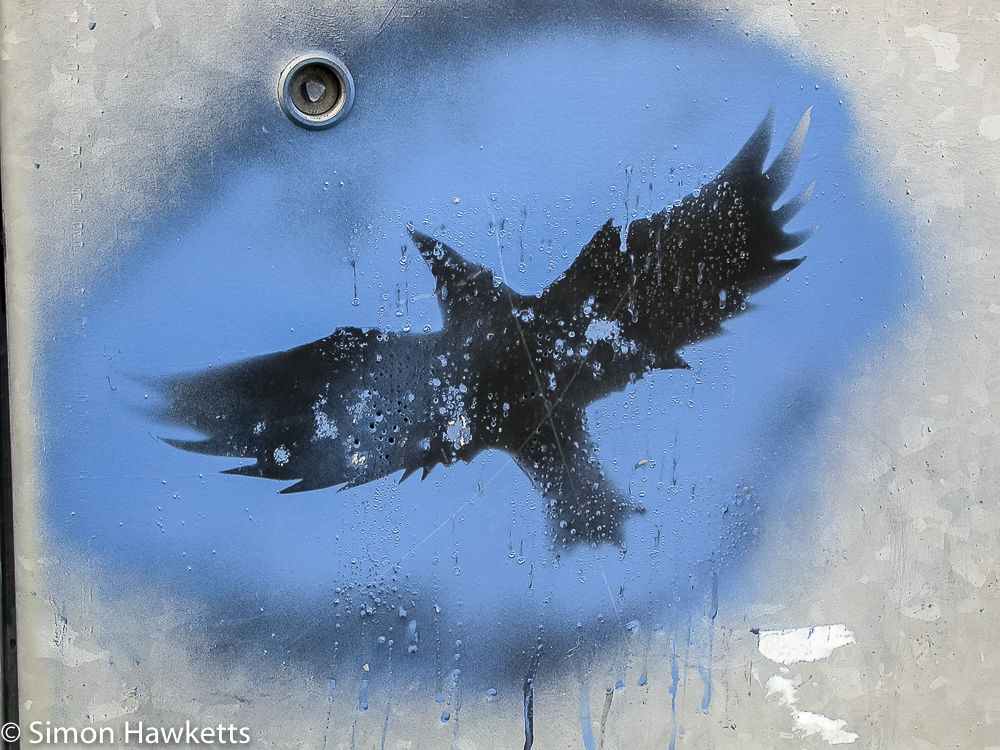
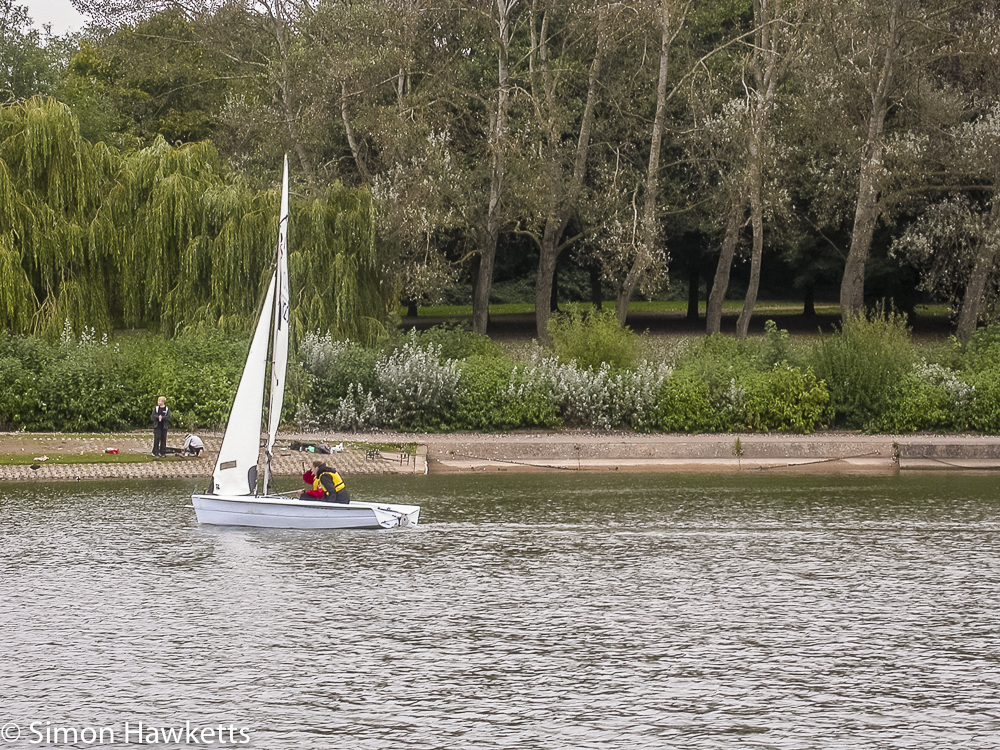

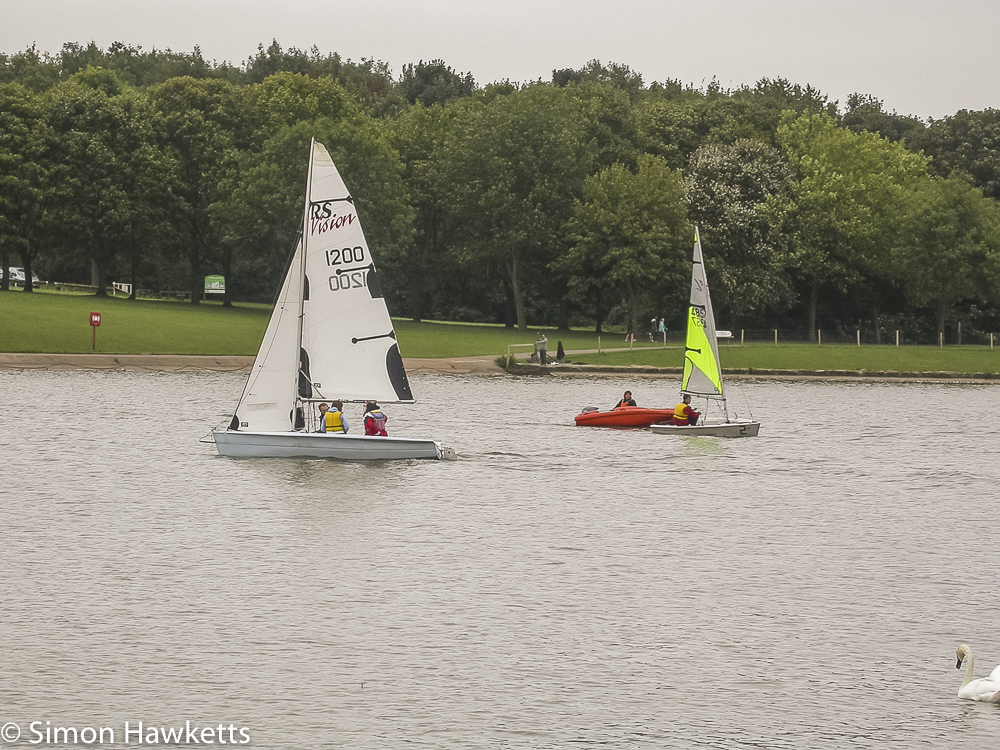
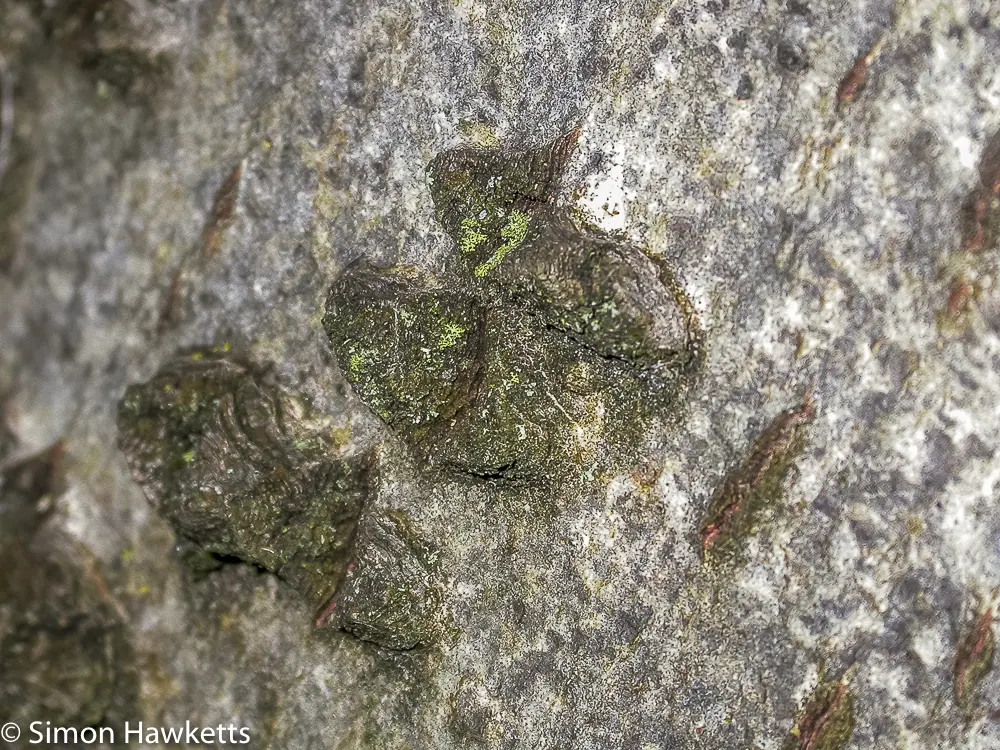

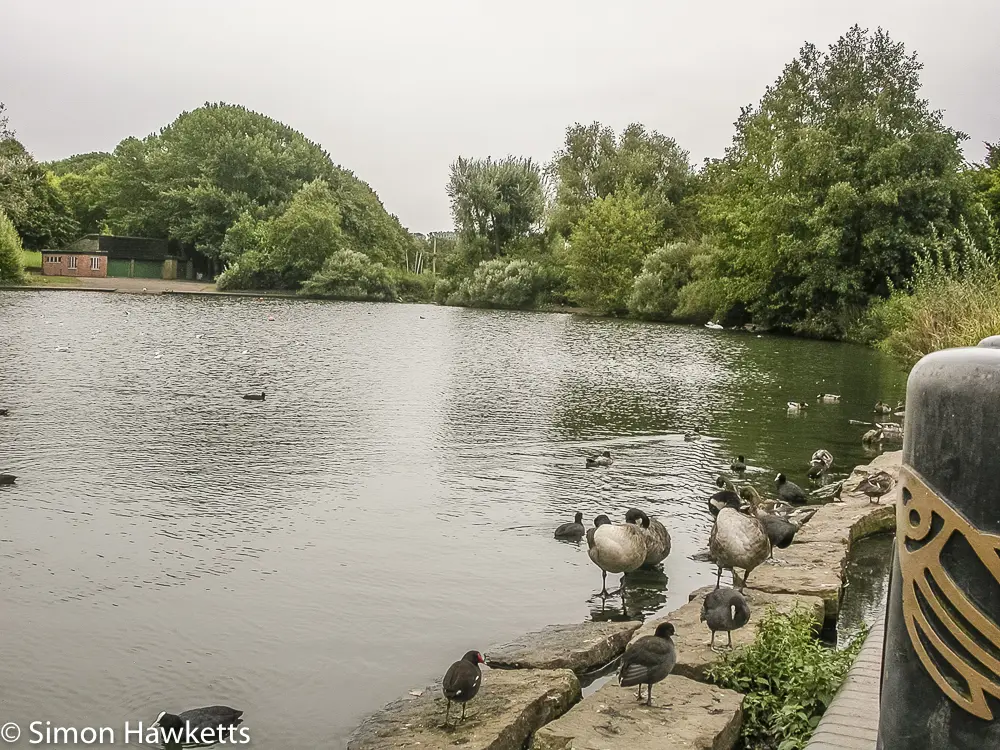
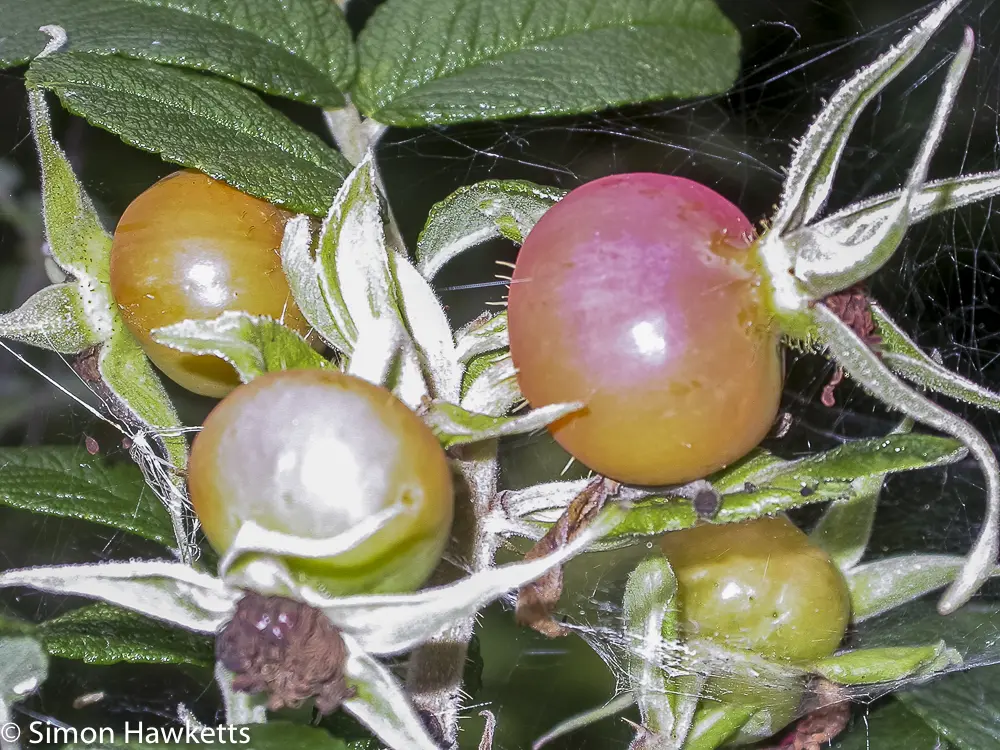
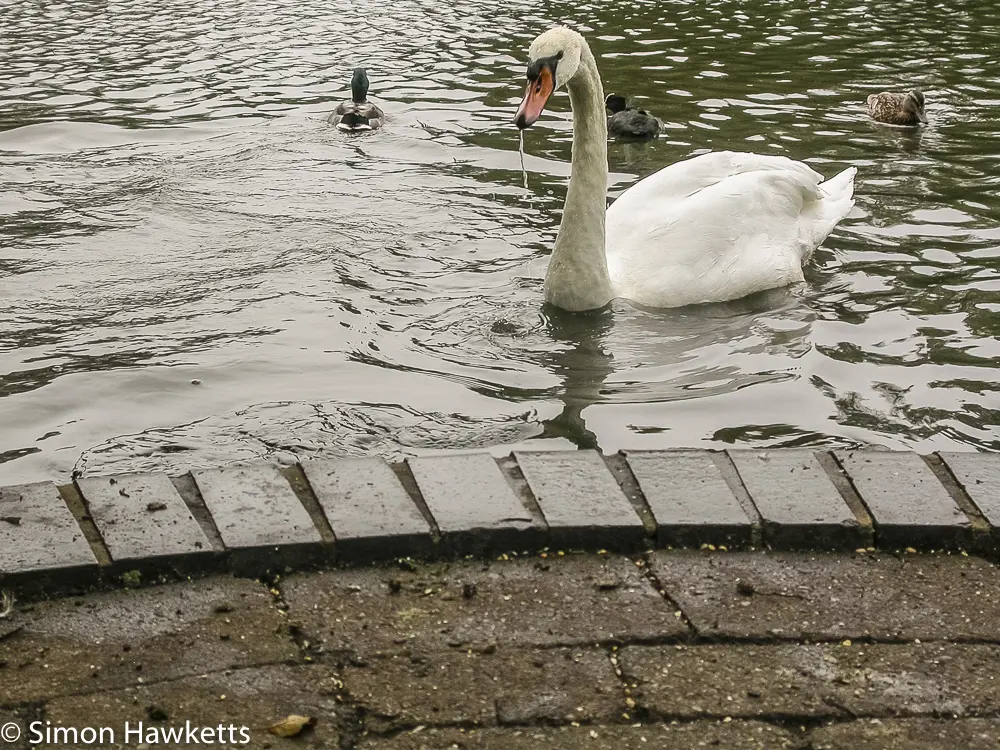
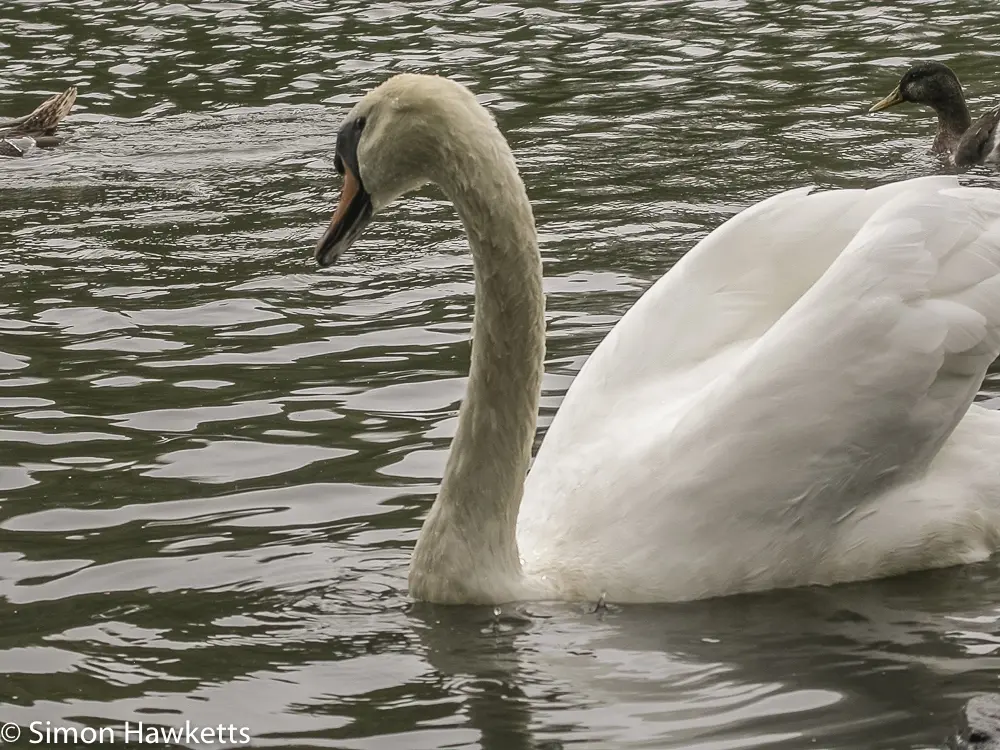
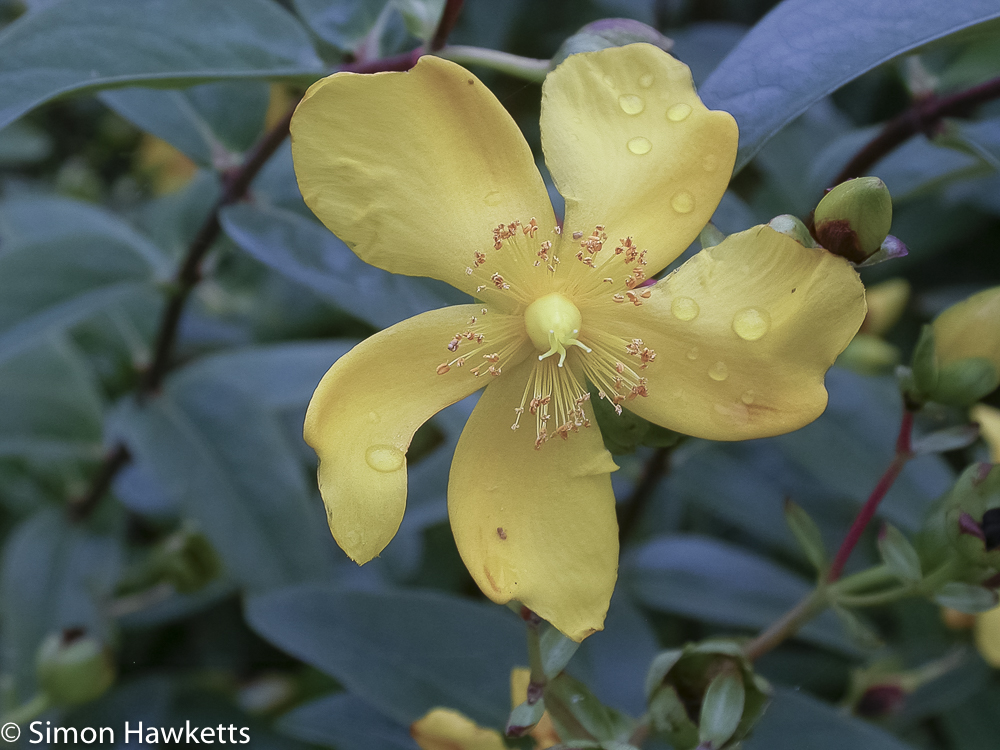

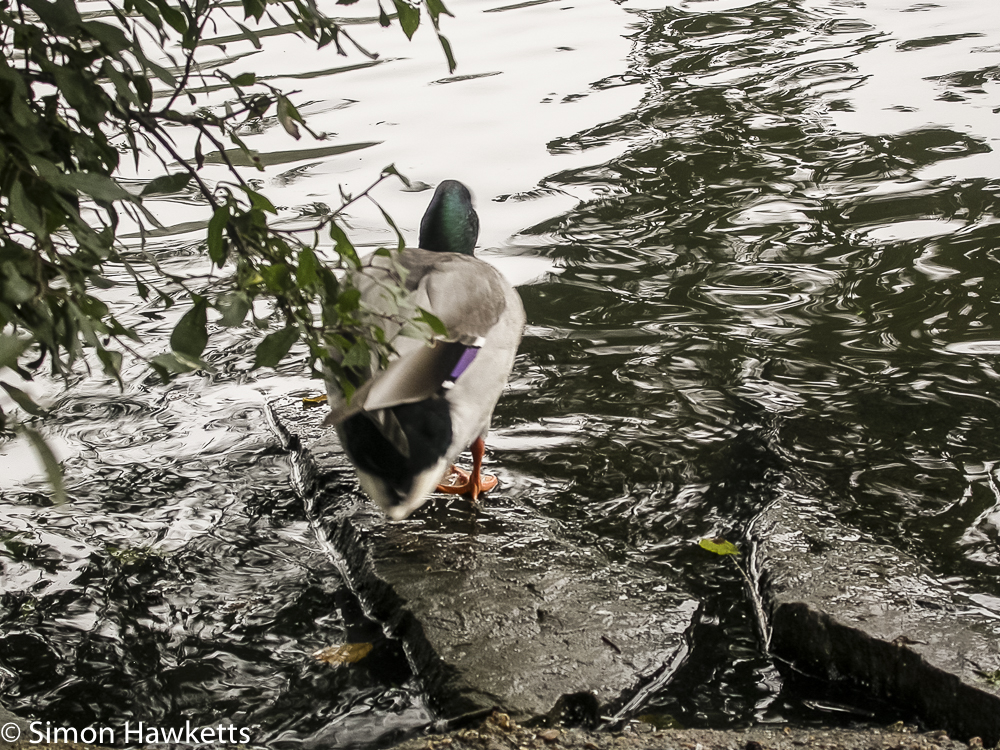
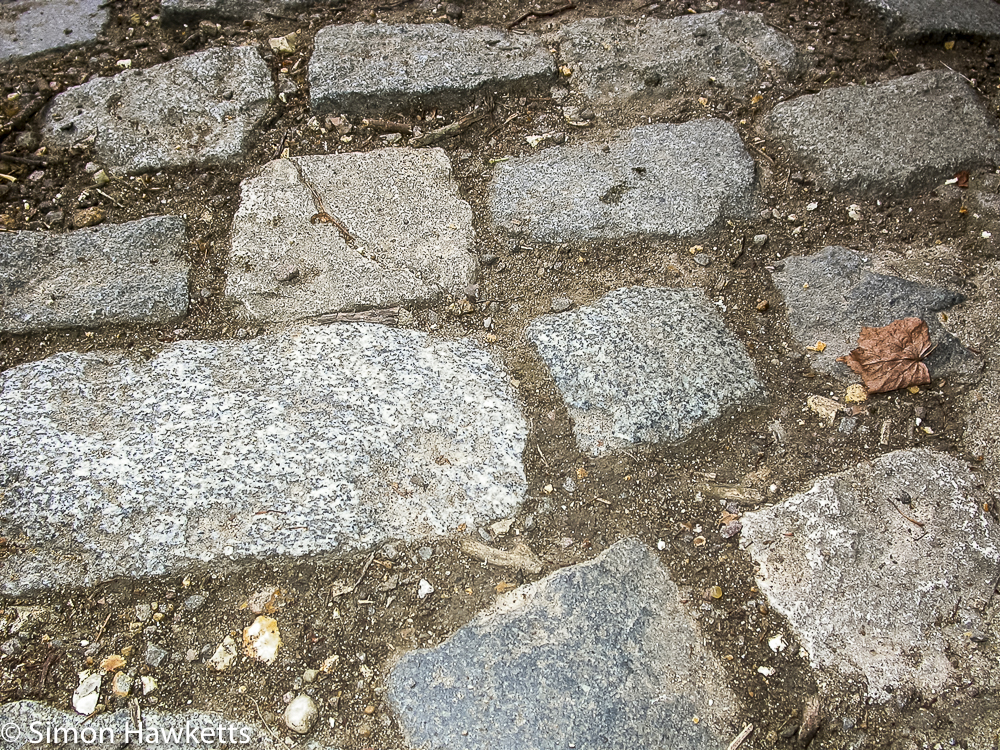
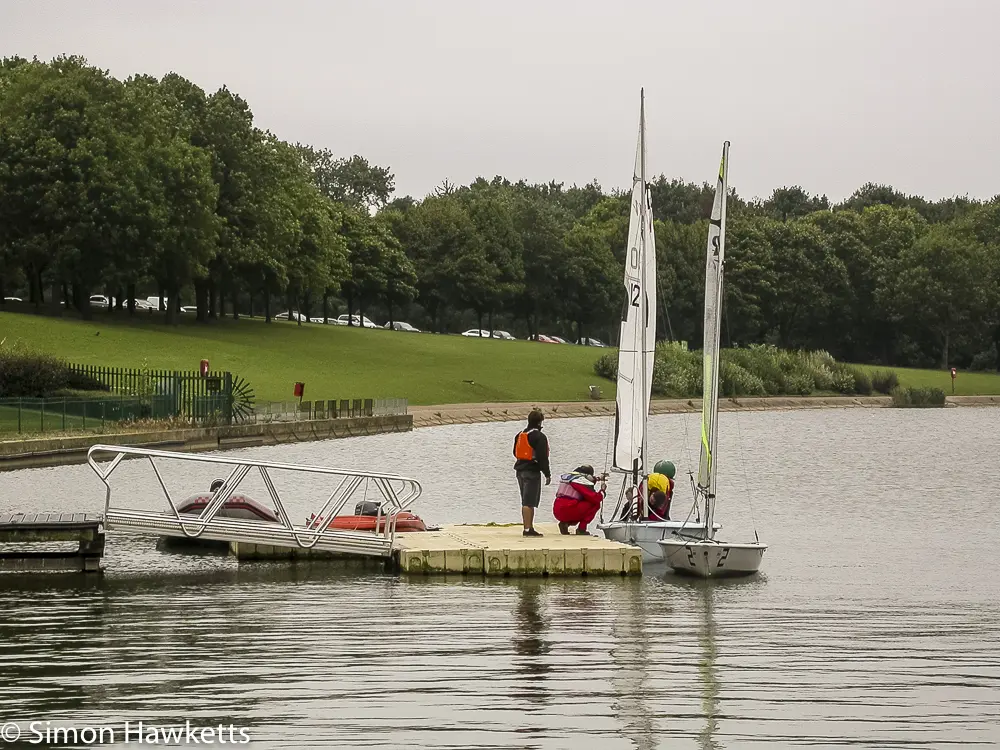
Nikon Coolpix 4500 specifications
- Nikon Coolpix 4500 swivel lens compact bridge camera
- Made by Nikon in about 2002
- 4Mp 1/1.8 inch CCD sensor
- ISO auto, 100, 200, 400, 800
- 7.85 to 32mm zoom lens (38 to 155mm equiv) + 4x digital zoom
- f/2.6 to f/5.1 max aperture
- Shutter 8sec to 1/2300 (depending on exposure mode)
- Manual, Aperture AE, Shutter AE, Program AE, Auto and scene modes
- Type I & II Compact Flash storage
- 2cm close focus in macro mode
- 1.5 inch LCD for live view and picture viewing
- Optical viewfinder
- Inbuilt flash
- 256 segment pattern metering + spot, centre-weighted and af point metering
- Self Timer
- USB, A/V and DC connectors
- Manual available on-line here
Discover more from Everything Vintage
Subscribe to get the latest posts sent to your email.

